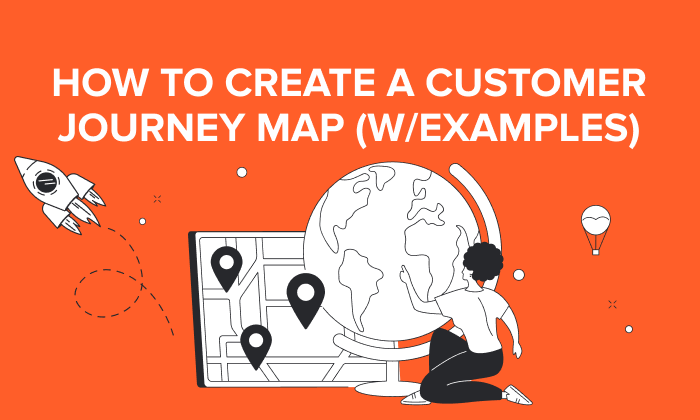The Top 3 Buyer Persona Myths, and How They Hurt Your Marketing Efforts

Meet Elizabeth: a 27-year-old nurse who drives a Honda Civic, enjoys making TikToks, and spends most of her time with her beautiful 9-month-old baby.
Elizabeth desperately wants to make more time for herself, but struggles to find the balance between work and home responsibilities. She tries to give herself moments of self-care, but these moments are few and far between. Elizabeth needs a way to recharge, relax, and care for herself.
By this description, you know Elizabeth’s age, profession, gender, desires, struggles, and pain points. All of this information helps you place her in a category in your mind — but none of that information tells you why she buys your product.
Buyer personas typically include descriptions like Elizabeth’s, along with other demographics and personality information.
In the early days of customer segmentation, this would have been more than enough to inform marketing campaigns and product development. But with growing markets and increased consumer awareness, companies need to go beyond standard buyer personas to reach their audiences.
If we can apply what we’ve learned about how people make decisions, and how we as companies group people together, we’ll be able to reach customers like Elizabeth with empathetic solutions that help her, rather than stereotypical cure-alls that are easily overlooked.
Here, let’s dive into three myths of the buyer persona — and what you can do, instead.
Standard Buyer Personas Aren’t Enough
The first mention of audience segmentation was by Wendell Smith in 1956. Smith defined market segmentation as, “the adjustment of market offerings to consumer or user requirements.”
Smith knew that creating segments would lead to higher consumer/user satisfaction. But Smith’s idea of segmentation was years before we had a clear understanding of psychology, behavioral economics, unconscious bias, and deeper knowledge about how to provide consumer satisfaction.
Since Smith’s discussion on segmentation, we’ve had major discoveries in the way people think, rationalize, and categorize others. Daniel Kahneman and Amos’ Tversky’s 1974 research paper A Judgement Under Uncertainty: Heuristics and Biases revealed the way people process information, and are influenced. And Clayton Christensen first shared his jobs-to-be-done theory in 2003.
Both of these studies on human behavior, purchasing, and thinking have made a lasting impact on the way we create ad copy, price products, introduce call-to-actions, and influence many other marketing activities — but have yet to influence our way of creating buyer personas.
Using the lessons from Kahneman, Tversky, and Christensen, there are three myths of the standard buyer persona that could be detrimental to your marketing and customer relations. Let’s dive into those, now.
Myth #1: Your Buyer Persona Needs a Name
We’ve all seen the old advice to give your persona a name that is memorable. Names like Sally Sales Girl and Mary the Marketer will bring your persona to life and create a more concrete persona in your mind and marketing — or so we’re told.
Fact: Naming your buyer persona introduces bias.
The problem with giving your …read more
Source:: HubSpot Blog









